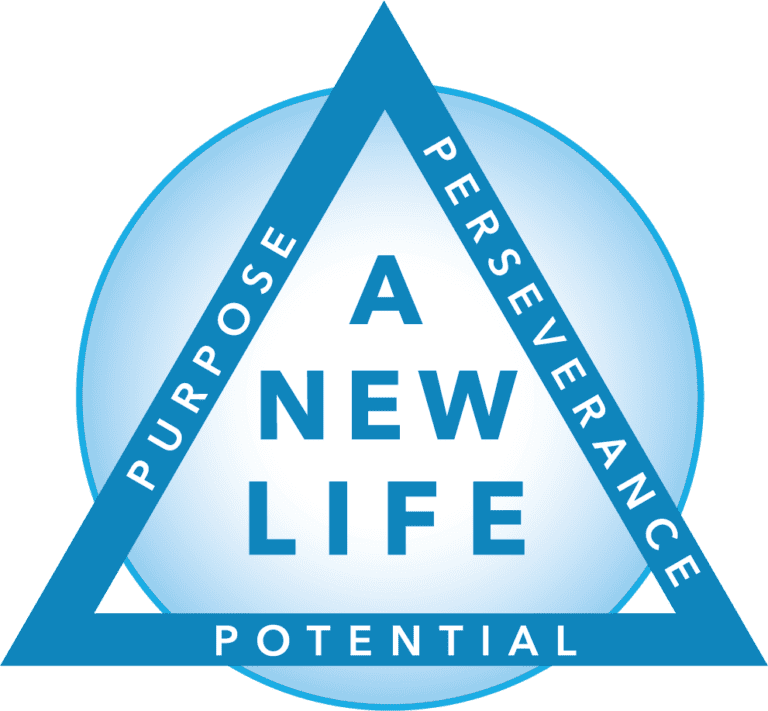Finding an environment that supports sobriety while providing accountability and personal growth is essential for anyone in recovery. Sober living homes have a structure and supportive transitional living environment from treatment programs to independent life. But how do you know which one would work best? This article will empower you with comprehensive information about what factors should be considered when selecting an ideal sober-living facility, thus enabling you to take charge of your recovery journey.
1. What are Sober Living Homes?
Sober living homes are residential facilities created for people who are in the early stages of recovering from alcoholism or drug addiction. Unlike rehab centers where patients receive round-the-clock treatment, these facilities provide more freedom while ensuring adequate structure, support, and supervision over their activities.
2. Location and Accessibility
Finding the right location for a sober-living home is vital to having successful long-term sobriety. Some things to consider include proximity to support systems and employment opportunities within the area; medical care availability and recreational activities around that neighborhood should also be evaluated. In addition, transportation must be assessed to cater to those clients without private cars who may need this service frequently.
3. Amenities and Facilities
The quality of amenities of one house type can differ significantly among different kinds. Therefore, it’s essential to look at cost as well as what features each provides. These amenities can greatly enhance the living experience and contribute to the recovery process.

4. Rules and Regulations
Potential residents must familiarize themselves with rules placed by potential homes since this will determine whether such places align well according to individual values towards their recovery process goals. Common examples include:
- Mandatory attendance.
- Drug testing.
- Coupled curfews.
- Set times at which visitors may enter or leave the premises.
- Requirements around contributing towards maintaining cleanliness within the facility.
- General respect between participants.
5. Assistance Services
Find sober homes with a wide range of support services and programs. These could involve one-on-one or group counseling, life skills training courses, relapse prevention education, employment help, educational opportunities such as GED classes or college courses, or access to community resources like Alcoholics Anonymous (AA) meetings or other 12-step groups. This variety of support services ensures that you have the necessary tools and resources to navigate your recovery journey with confidence and security.
6. Community Atmosphere
Evaluate the atmosphere of a potential sober living home’s community to see if it suits you. Look for places that foster supportive communities where residents feel safe and respected while they work towards their sobriety goals together. This sense of community is not just a perk, but a crucial part of your recovery journey, making you feel less alone and more hopeful.
7. Staff Qualifications/Credentials

Make sure staff members at any prospective sober house are adequately trained in addiction recovery before making your decision about where to live following inpatient rehab treatment. If someone has been through an inpatient drug rehab program themselves, then they should know enough about addiction counseling techniques already; otherwise, these professionals need some experience dealing with people with addiction who suffer from various mental health disorders, too. Some familiar qualifications include certified alcohol and drug counselors (CADCs), licensed professional counselors (LPCs), licensed mental health counselors (LMHCs), case managers (CMs), certified peer specialists (CPSs), registered nurses (RNs), etc.
8. Cost & Affordability
Determine if cost is an issue for you when considering whether or not to move into a particular halfway house after completing residential drug rehabilitation treatment. There may be some free programs available through government funding, but there will likely also be others that require payment either by insurance companies directly billing them on your behalf, sliding fee scales based on income eligibility criteria, fixed rates determined by the facility itself regardless of what insurance pays out toward this end. Thus, it is essential to know what additional expenses might come up, such as rent/utilities/groceries/transportation, etc.
9. Reviews & Recommendations
Read reviews and seek recommendations from people who have been residents at a particular sober living facility or trusted professionals in the recovery community to get an idea of what it is like there. Look for testimonials about positive experiences with staff members providing support services during someone’s stay at one of these places and those mentioning successful outcomes achieved while living at such programs.
Conclusion – The Power Of Choice In Your Journey To Recovery:
In conclusion, finding the right sober home can be one’s golden ticket toward long-term sobriety. It is thus essential to take into consideration factors such as location, amenities offered (if any), rules set forth by management, support systems available within the community itself, including 12-step meetings, etc., staff qualifications/credentials, cost factors for each resident based on their unique financial situation and most importantly reading through several different reviews left by other former addicts who were once in a similar position but managed to overcome their addictions while residing at this very place.






